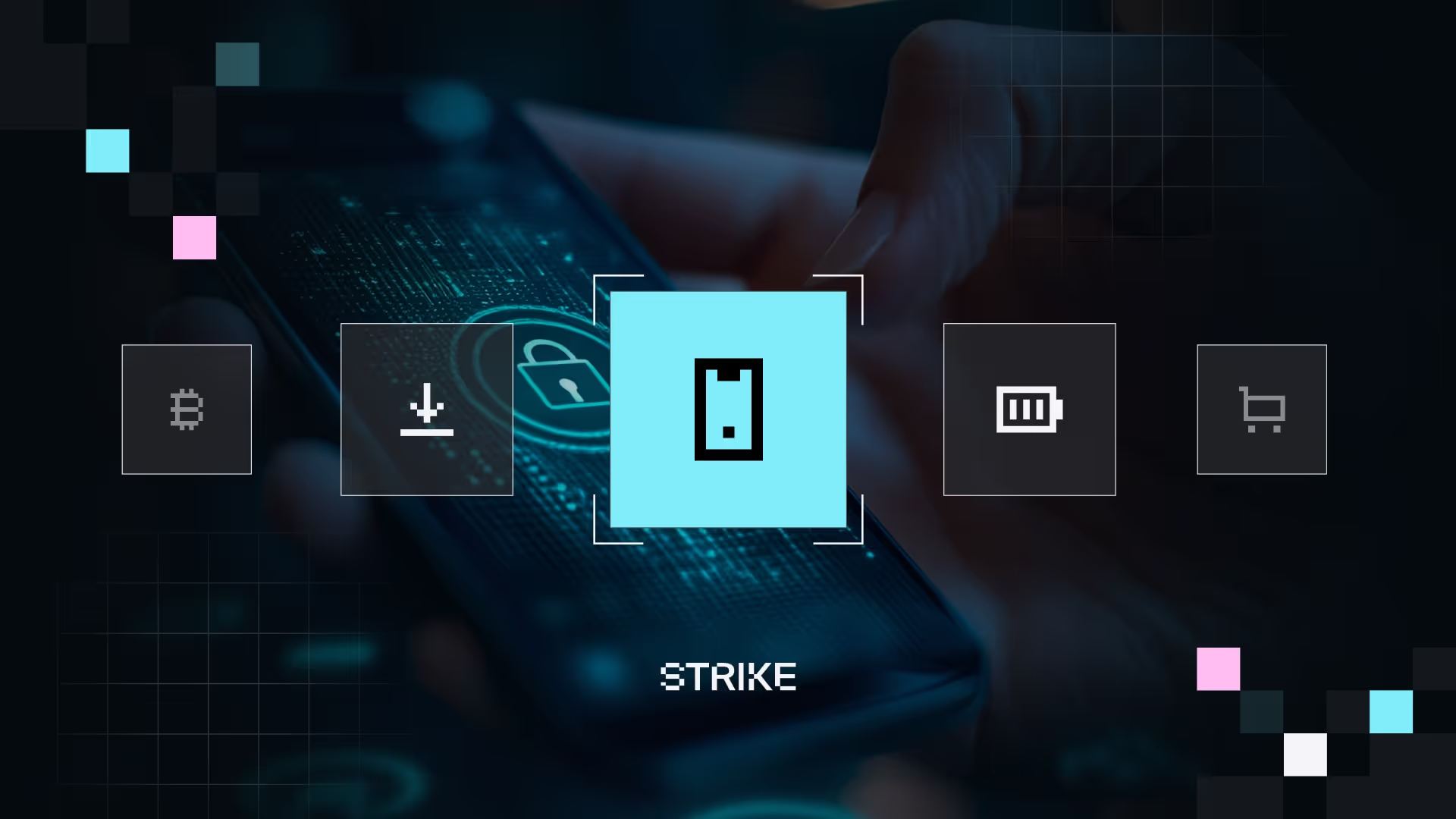How Strike pentesting supports regulatory compliance through industry standards
.avif)
With increasing regulatory demands, organizations must not only safeguard their data but also meet stringent compliance requirements. At Strike, our pentesting methodology is designed to align with top industry security standards like OWASP, OSSTMM, ISO 27000, and NIST 800-115. By adhering to these methodologies, our certified Strikers (pentesters) perform comprehensive security assessments that help organizations strengthen their defenses while preparing for regulatory compliance and audits.
This article explains how Strike’s pentesting services support regulatory compliance and contribute to building a robust security framework.
Aligning pentesting with industry standards
Strike’s pentesting methodology is based on recognized security frameworks, including OWASP, ISO 27000, and NIST 800-115. Depending on the specific objectives and scope of the pentest, our certified Strikers tailor their assessments to match these standards, providing a reliable and structured approach to managing enterprise security.
By following these methodologies, Strike enables organizations to demonstrate compliance with various regulations, such as:
- PCI DSS (Payment Card Industry Data Security Standard)
- HIPAA (Health Insurance Portability and Accountability Act)
- Sarbanes-Oxley
- GDPR (General Data Protection Regulation)
Our comprehensive approach includes a combination of automated and manual testing. Automated scans help detect common vulnerabilities, while manual testing validates these results and identifies issues that automated tools may miss, such as authentication, authorization, and business logic flaws. This level of thoroughness ensures that organizations meet regulatory compliance standards while protecting their most critical assets.
Risk assessment: Calculating vulnerability severity
To ensure regulatory compliance, understanding the severity of each vulnerability is crucial. Strike follows the NIST 800-30 Revision 1 framework, combined with other industry-standard references like CVSS, CVE, and CWE, to determine the risk posed by a vulnerability. This standard helps evaluate both the likelihood of an exploit and the potential business impact.
- Likelihood measures how easily an attacker can exploit the vulnerability.
- Impact evaluates the potential damage to the business if the vulnerability is successfully exploited.
Impact assessment considers both technical and business factors, such as confidentiality, integrity, availability, and the potential consequences for an organization’s finances, reputation, or compliance status. The impact is categorized as follows:
- Critical: Catastrophic effects on the organization or other entities.
- High: Severe degradation of services, preventing the organization from performing primary functions.
- Medium: Reduced capabilities that negatively affect organizational assets.
- Low: Limited service degradation with minor impacts on organizational assets.
- Informative: The vulnerability is negligible or merely provides information about the system.
By accurately assessing these risks, Strike’s pentesting reports offer clear, actionable insights, allowing organizations to prioritize remediation efforts based on the severity of each issue.
Supporting compliance through comprehensive pentesting
Strike’s pentesting services don’t just stop at vulnerability identification—they go further by helping organizations prepare for regulatory audits. Our security assessments are structured to ensure compliance with multiple regulations, making it easier for organizations to meet various legal and regulatory requirements.
Our assessments combine automated scanning tools and manual validation to identify and address critical vulnerabilities. Manual testing includes additional checks for business logic flaws and other complex issues that automated tools might miss, ensuring full coverage.
Additionally, by prioritizing vulnerabilities based on their business impact, we help organizations focus their remediation efforts on the most critical issues, reducing both compliance risks and potential business disruption.
Strike’s pentesting methodology is an essential tool for businesses looking to enhance their security posture while meeting regulatory compliance requirements. By aligning with industry standards such as OWASP, NIST, and ISO 27000, and providing a combination of automated and manual testing, Strike ensures that organizations can confidently address vulnerabilities and meet their compliance goals.




.avif)

